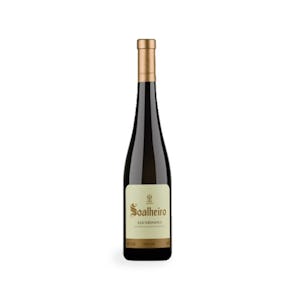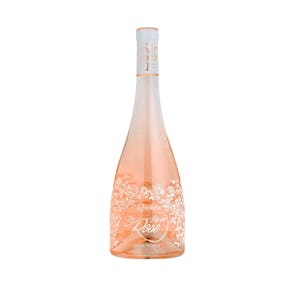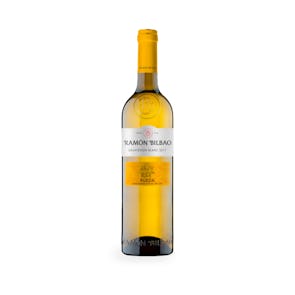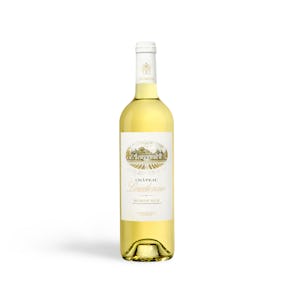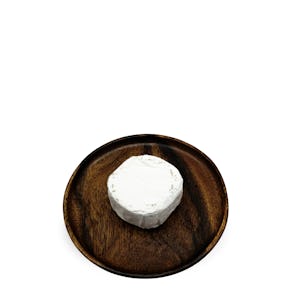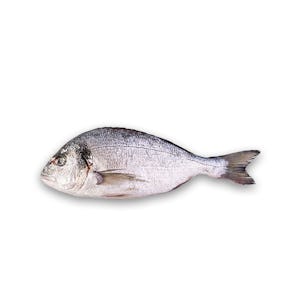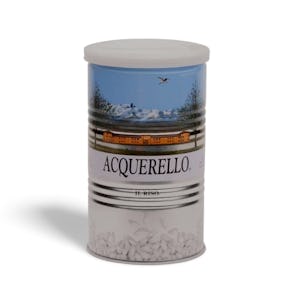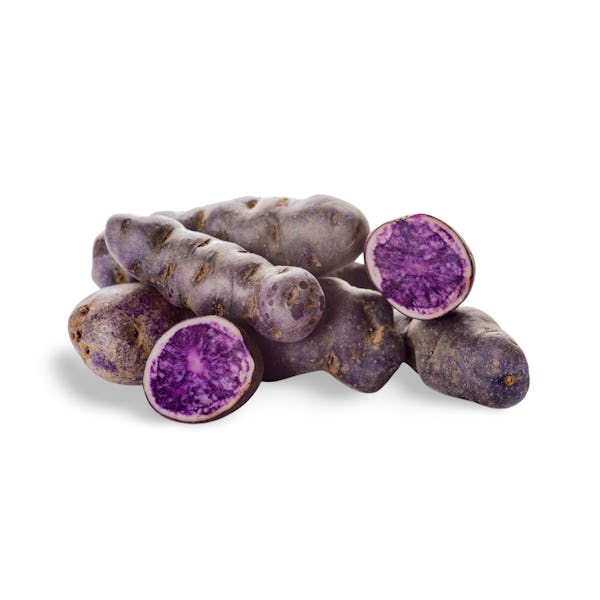
Potatoes Vitelotte
Nutty purple potatoes
TASTING NOTES FROM THE CURATOR
Also called Vitelotte Noir, Négresse, and Truffe de Chine, Potatoes Vitelotte are gourmet French potatoes cultivated in France since the 19th century. It has a deep purple, dark violet-blue skin, and a deep purple flesh with occasional white marbling. It has a smooth, firm, and dense texture, and gives a nice nutty flavor, reminiscent of chestnuts.
PREPARATION AND PAIRINGS
A wonderful quality of Potatoes Vitelotte is that they retain their purple color during cooking. They can be boiled, steamed, or fried. Enjoy them in a variety of ways—mashed potatoes, chips, salad, pancakes, gnocchi, or even soup.
PRETTY POTATOES
The Vitelotte potato was particularly popular in France in the 17th century, as a valuable food source. But the love for the tuber didn’t stop there. The royal court took to wearing its flowers, as well. Marie Antoinette was said to wear the potato flowers in her hair, and as part of her headdresses for balls. And Louis XVI wore them on his coat. We don’t blame them; they are very pretty flowers. They have delicate purple petals that fade into white toward the tips, and a red-yellow pistil.
Storage Instructions
Potatoes last longer on the kitchen counter than most fruits and vegetables, but eventually, they start to sprout green shoots and lose some of their freshness and flavor.
Do not wash potatoes until you are ready to use them. Moisture does not help them last longer and will in fact make them prone to soft spots.
Place the potatoes in its original paper bag, mesh bag, basket or bowl to ensure good ventilation. Store your potatoes in a cool, humid, and dark place. Never store potatoes in the fridge. The too-cold temperature turns the potato starch into sugar. Check on your potatoes regularly and remove any that are soft, shriveled, or sprouted so they don’t cause more potatoes to go bad. Even if your potatoes have sprouted, they are still safe to eat as long as they are firm to the touch and are not shriveled.
Provided they are properly stored, potatoes can last weeks.

